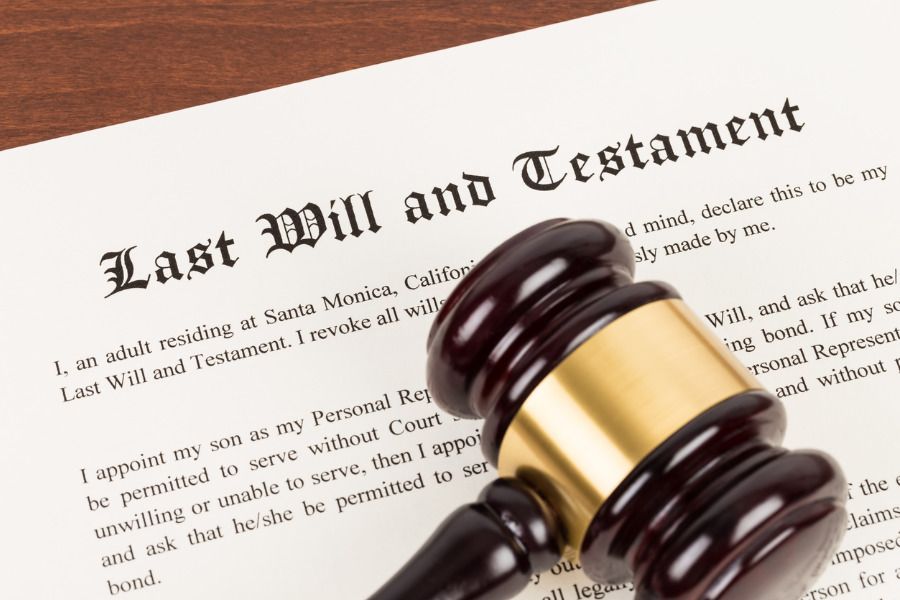Research Affiliates’Arnott sounds a warning on market bubbles
Tech stocks and cryptocurrencies are bubbles, he says, while foreign and emerging markets offer better long-term value
Rob Arnott, CEO of Research Affiliates, is using the B word. In this case, B stands for “bubble.”
“Several bubbles are evident today, most importantly a tech bubble, eerily similar to — albeit narrower than — the ‘new economy’ dogma of the 2000–2001 dot-com bubble,” Mr.Arnott wrote on the asset management company’s website, in a piece co-authored by Shane Shepherd and Bradford Cornell. “We also see a bubble brewing in cryptocurrencies and microbubbles in select stocks such as Tesla.”
Mr. Arnott defines a bubble as a market in which the sole reason for buying is the belief that an investor can sell an overpriced asset to someone else for a higher price tomorrow, with little regard for the underlying fundamentals.
In more technical terms, a bubble occurs when “there is no sensible, plausible scenario where discounted cash flow could give a positive risk premium,” Mr. Arnott said in a telephone interview.
One example of the “greater fool” nature of the market, according to the report: Tesla.
“Tesla’s current price is arguably fair if most cars are powered by electricity in 10 years, if most of these cars are made by Tesla, if Tesla can make those cars with sufficient margin and quality control and can service the cars properly, and if Tesla can raise additional capital sufficient to cover a $3 billion annual cash drain and another billion to service its debt. To us, that seems an un duly optimistic array of assumptions, especially given the magnitude of Tesla’s debt burden.”
On a more macro level, Mr. Arnott and his co-authors argue that the tech craze today is the equal to other famous bubbles of the past, including the 1999 tech bubble. They note that the seven largest stocks in the world — Alphabet, Apple, Microsoft, Facebook, Amazon, Tencent, and Alibaba — are all tech stocks. Even at the top of the dotcom bubble of the 1990s, only four of the world’s largest stocks were tech stocks.
And, according to the cyclically adjusted PE ratio, the stock market is selling at a lofty — but not a record — 33 times earnings. Nevertheless, it’s nearly twice its long-term median of 16.15.
Naturally, there’s much to debate on the bubble question. For example, a more conventional metric, the Standard & Poor’s 500 stock index’s trailing price-to-earnings ratio is 16.89, which is in the average to mildly expensive range.
For investors, the best advice is to avoid companies with valuations that can’t be justified, Mr. Arnott said, and to lean toward markets that are more soberly priced, such as emerging markets.
“If you choose markets that are cheap, they are liable to have a milder decline when the bubble bursts,” he said. “And looking past the bubble and the bursting of the bubble, lower valuations are a wonderful beacon to follow to garner longer-term success.”
What could burst the bubble? Who knows? “Any catalyst that will cause the bubble to burst must be surprise to most of the market,” Mr. Arnott said. And there may not be anycatalyst other than the suspicion that the party’s over.
“If you spend time looking at the dot-com crash, the only catalyst that comes to mind is gravity, ” he said.
Value-minded investors like Mr. Arnott are often inclined to sound warnings sooner than trend followers or growth investors. And he’s emphatic that it’s not the entire market that’s in a bubble.
“I’m not saying the entire stock market is a bubble,” he said. “I’m just saying that there are lots of bubbles around.”
Learn more about reprints and licensing for this article.








